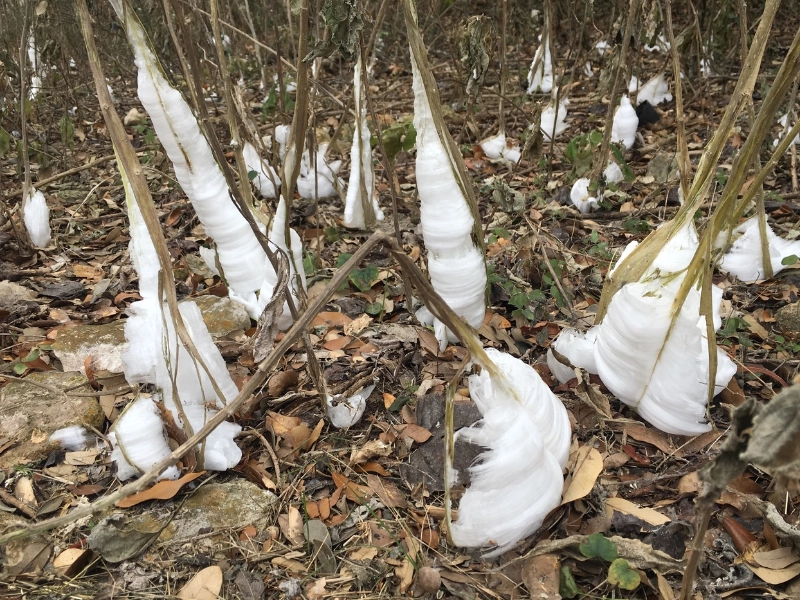The Eight Weirdest and Coolest Flowers in the World
Advertisement
5. Bladderwort: The Underwater Hunter

Advertisement
Carnivorous plants known as bladderworts (Utricularia) have developed an original and intriguing strategy for catching prey in aqueous habitats. Except for Antarctica, every continent has freshwater and moist soil ecosystems with these amazing plants; the tropics have the most variety among them. Derived from the Latin word "utriculus," meaning "small bottle," or "bladder," the term "bladderwort" fairly captures the unique trapping mechanism of the plant.
Bladderworts are unique among carnivorous plants in that their highly specialised underwater traps Attached to the submerged stems or leaves of the plant, these little hollow, balloon-like traps—also known as bladders—are Usually just a few millilitres in size, every bladder is a wonder of natural engineering. The bladder's entrance is sealed by an inward opening trapdoor. Trigger hairs on the outside of this door open quickly when they come into touch with possible prey.
Among the quickest known motions in the plant world is bladderworts' trapping mechanism. When activated, the trap opens and closes in less than a millisecond, producing an unexpected water flow that draws in the hapless prey alongside with it. The bladder's architecture helps to enable this quick action by keeping internal pressure below that of the surrounding water. The trap door shuts after the victim is within, starting digestion.
Mostly feeding on small aquatic life including protozoa, rotifers, water fleas, and even small fish fry, bladderworts digestive enzymes and symbiotic bacteria found inside the bladder break down trapped food, therefore enabling the plant to receive the nutrients. Bladderworts' carnivorous characteristic helps them to flourish in nutrient-starved aqueous habitats where other plants could suffer.
Though they are carnivorous, bladderworts can also photosynthesise. A lot of species have aesthetically pleasing little, fragile blossoms that show up above the water surface. Often brilliantly vivid and quite beautiful, these flowers reflect the carnivorous character of the plant hiding under the surface of the water.
Within the field of scientific inquiry, bladderworts have attracted a lot of attention. Their fast catching mechanism has been investigated closely and offers understanding of plant biomechanics and evolution. Furthermore important for research on plant genome evolution are some bladderwort species whose genomes have been sequenced and show shockingly small sizes with which non-essential DNA has been shed during evolutionary time.
In their habitats, bladderworts also fulfil significant ecological functions. By eliminating extra nutrients and microscopic organisms from the water, they assist to preserve its purity. Certain species establish symbiotic partnerships with other species, such mosquito larvae, which occasionally live inside the bladders and feed on the plant's prey therefore supplying the plant with extra nutrients from their excrement.
Within the field of horticulture, some bladderwort species are rather popular among aquarium aficionados. Their special predatory qualities as well as their capacity to help keep water quality in aquariums define their significance. Some species, however, can become invasive in non-native environments and might thus outcompete native aquatic plants.
Some bladderwort species, especially in wetland environments, have conservation issues as with many specialised plants due to habitat loss and degradation. Protecting these unusual plants usually entails maintaining their natural habitats and increasing knowledge of their ecological value and amazing biology.
You May Like
Advertisement

